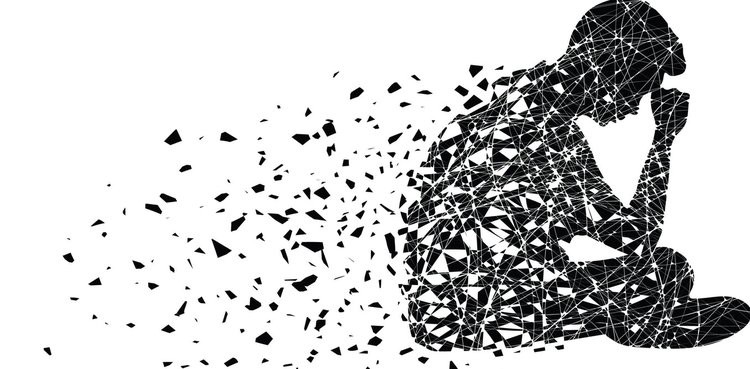 Schools across the country are considering closing their doors to all students until further notice — that is, until some unknown time when the country can declare that the COVID pandemic is no longer a threat. The focus of this stay-at-home-solution responds to one of a host of considerations for students’ well-being — and for that reason, it may be an even deadlier strategy in the long-term.
Schools across the country are considering closing their doors to all students until further notice — that is, until some unknown time when the country can declare that the COVID pandemic is no longer a threat. The focus of this stay-at-home-solution responds to one of a host of considerations for students’ well-being — and for that reason, it may be an even deadlier strategy in the long-term.
We have lost sight of the fact that school administrators, teachers, communities and parents are responsible for the development, education and well-being of our youth. As we reach for a one-solution approach, centered entirely on the avoidance of contracting COVID19, we lose sight of the fact that the “solution” of closing schools has a direct impact in higher and expanding rates of youth:
- Depression
- Mental illness
- Suicide
- Obesity
- Violence
- Adverse effects of too much screen time
- Never-to-be recovered social, emotional and psychological development
These life-threatening factors do not begin to address the academic disadvantage that the lower quality, online courses provide, much less the lower probability of competing for colleges with students from schools which are creatively supporting student safety and return to classes.
If Administrators “responsibly” close schools for the Fall term — or even longer — and there is a rise in mental health issues, suicides, violence and far-reaching health issues as students sit at home day-after-day, are they creating a far worse crisis that will have long-standing, detrimental impacts?
As a thirty-year veteran of facilitating large-scale, business transformation, my persistent approach to crisis is to look the challenge in the eye — and then focus on positive possibilities, innovation and the encouragement of leadership imagination — right through to practical solutions that consider the long-term impacts of strategies which benefit the whole.
Uncharacteristically, in this blog, I am sounding an alarm. I am the mother of a 16-year-old, who is a sensitive, hard-working, healthy, well-balanced, good student…and who has often struggled with depression due to the “solution” of remote learning. I have talked with parents whose children do not have the inner strength or resources that my daughter has — and this “solution” has been devastating. One of the teens said to her mother, “Now I understand why people shouldn’t keep guns in the house.” That was not a joke.
When we are fear-based, and life-or-death is our only focus, our brains are limited to an amygdala response — fight or flight. When we feel threatened, our brains do not have the capacity to move to the more intelligent, problem-solving, executive function in the cerebral cortex that has room for imagination and innovation — and that has the capacity to find creative solutions to significant challenges.
There is a balance to be struck here, and it requires us to look this health crisis in the eye, and then bring together families, administrators, teachers and communities to innovate, so that the other considerations of students’ well-being can be carefully considered in the chosen solutions.
Each school has stakeholders that can best understand and address the specific factors that comprise a safe and creative path for their students’ academic and personal needs. It may well be that some communities decide on an all-or-nothing scenario. If the stakeholders agree and can support that scenario, then the community should be given resources to consciously create other strategies to address students’ other needs.
Communities that find a way to build a more complex framework that is responsive to all student needs, and they can support it, then that community should be given resources to accomplish it.
If we could move from fear and fight-or-flight to complex problem-solving as our cerebral cortex allows, then we are not limited to surviving COVID. We can begin, in small measure, to imagine and build the schools of tomorrow. These schools will have that have design properties that include consideration of individual needs, flexibility in learning approaches, technology in the classroom and at home, and both remote and in-person academic and personal development opportunities.
For now, as the Japanese teach us, this crisis IS an opportunity. To seize this moment, we must become conscious to the positive possibilities of local communities and resource allocation, and of more complex solutions which do not fuel long-term, toxic impacts for our youth.

Therese Rowley, Ph.D.
As a skilled intuitive, consultant, and thought leader, Dr. Rowley supports leaders making strategic decisions with intuitive data and deepens their access to intuition. Her work with Fortune 500 and smaller company leaders in facilitating large scale change in industries such as telecommunications, manufacturing, market research, marketing/communications, real estate development, and financial services spans three decades.